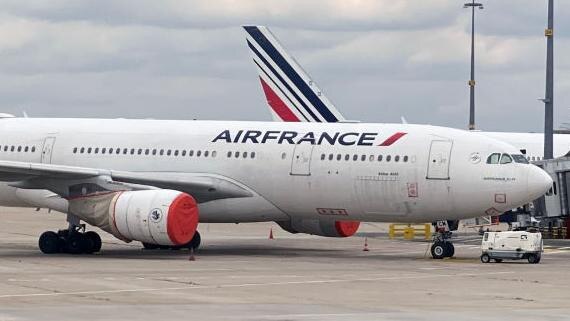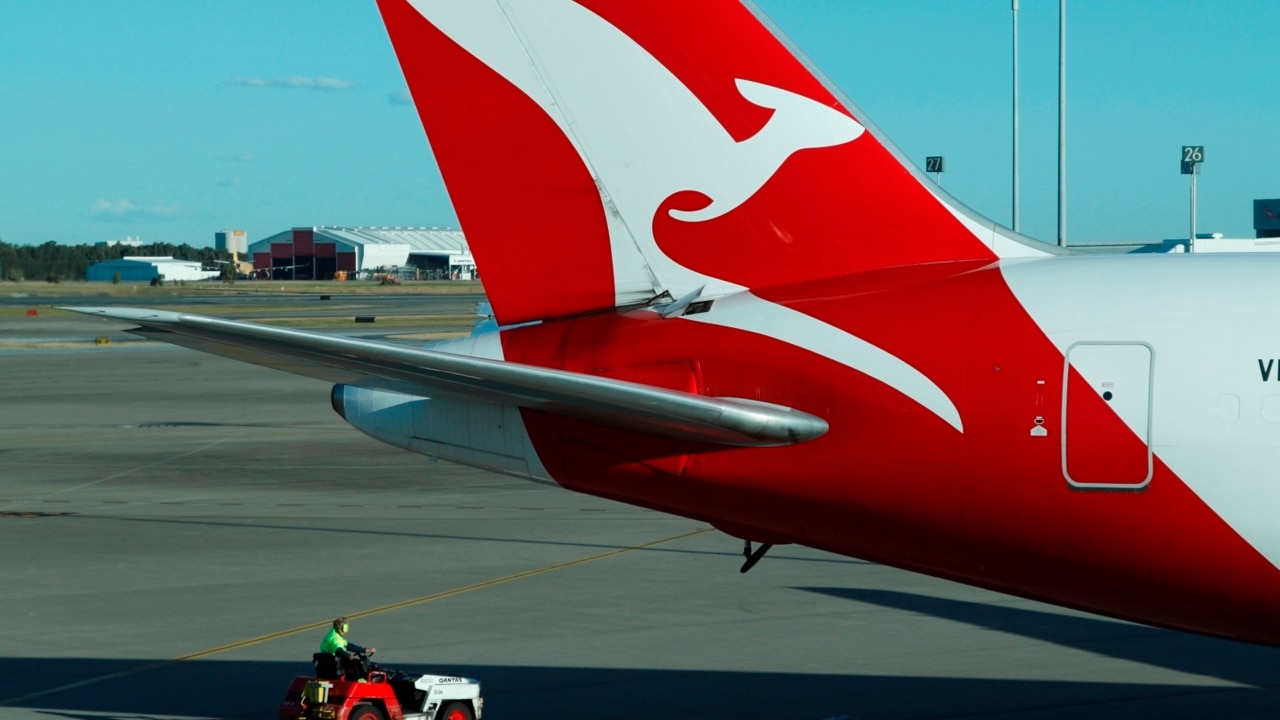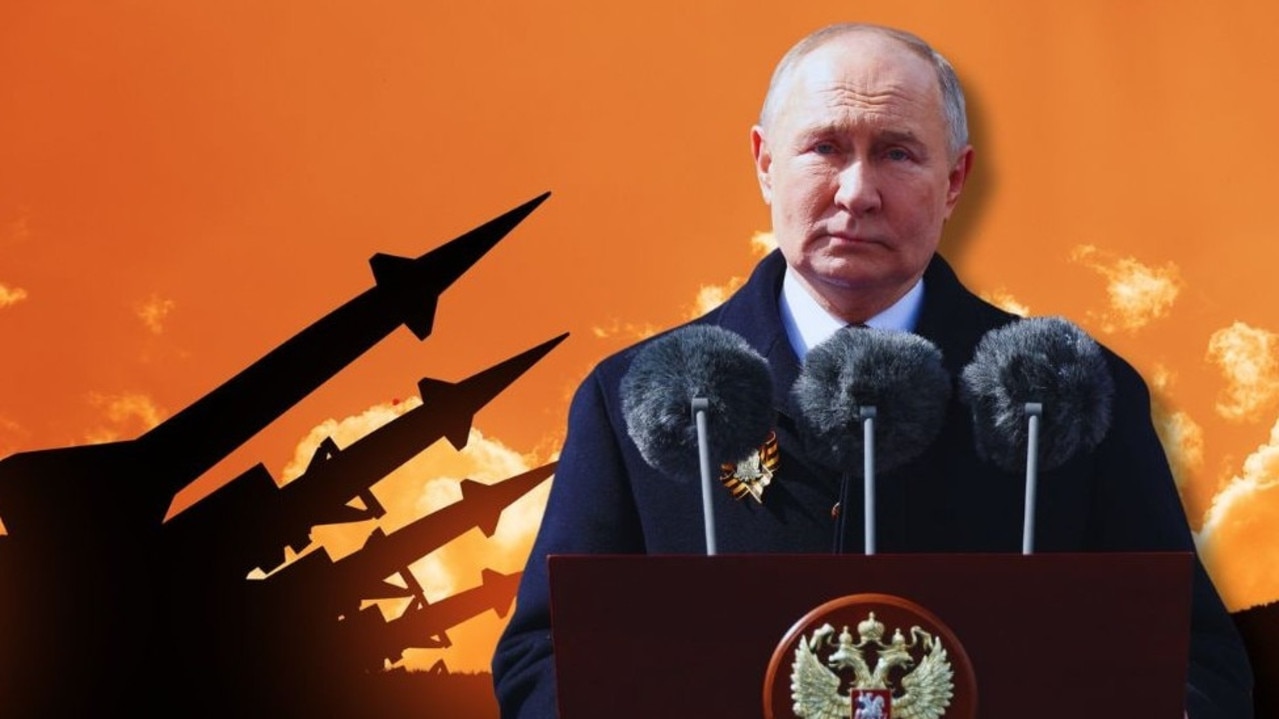Air France pilots ‘flying in face of rules’
A passenger jet came close to turning into a fireball after the captain ignored a standard procedure for dealing with leaking fuel, a report into safety at the national airline has found.

An Air France passenger jet came close to turning into a fireball after the captain ignored a standard procedure for dealing with leaking fuel, a report into safety at the national airline found.
The incident on a flight to Paris from Brazzaville, Congo, was cited by the Bureau d’Enquetes et d’Analyses (BEA), the state aviation investigation agency, as one of a series of rules bent by Air France crews.
The captain of the Airbus A330 failed to follow the standard procedure and shut down one of the two engines after two tonnes of fuel leaked into the wing to which it was attached. The aircraft, which was carrying up to 260 passengers, was diverted to N’Djamena, Chad, where it made a dangerous landing. Its brakes were red hot before the engine shut down under the leaking fuel. The crew had not been aware that the runway was too short for such a large aircraft.
“The engine cut-off was . . . deliberately omitted by the crew,” the BEA report said. “This decision created a major risk of fire and led to a major reduction of the safety of the flight because fire was [only] avoided by luck.”
Among the reasons the pilots gave for not turning off the jet turbine on the December 2020 flight was a wish not to disturb the cabin crew and a reluctance to switch off a working engine.

The BEA, one of the world’s leading air accident and safety agencies, said it did not want to stigmatise Air France but it had noted “after a number of recent investigations that the crew involved . . . exempted themselves from carrying out certain procedures in the correct manner”.
The agency said some of Air France’s 4,000 pilots had “adopted a culture of underestimating the importance of strictly applying safety procedures”. It urged the airline to “put respect for procedures back at the heart of the company’s safety culture”.
In other incidents, the BEA said Air France pilots in 2017 flew two Airbuses in a reckless manner. They conducted high-speed zooms and pulled into dangerously steep climbs, in one case triggering an alarm warning of potential collision with another aircraft.
In 2020 Airbus pilots in a hurry flew their approach at a higher speed than normal to Paris Orly airport, prompting a cockpit alarm. Last February, an Air France Airbus came close to hitting the ground while approaching Guadeloupe after the captain lost sight of the runway in a rain squall, the BEA added. The crew abandoned the attempt and returned for another landing.
The BEA issued its report before the criminal trial in October of Air France and Airbus companies on charges of manslaughter over the crash of Flight 447, which killed 228 people off Brazil in June 2009. The BEA investigation blamed the pilots for failing to master a temporary malfunction and letting the aircraft plummet into the Atlantic. The disaster led Air France to change its training methods and flight deck routines to sharpen the flying skills of its pilots.
The latest report also criticised the airline for diverging from European norms. While standard European flight manuals say pilots may if necessary “adapt to meet situations for which there are no directives nor procedures”, the Air France version says that pilots “may improvise when confronted with unpredictable situations in order to achieve the surest result”.
Air France, which is part of the Air France-KLM alliance and counts the state as its biggest shareholder, said it would take into consideration all the recommendations in the report. It added that in coming months it would hold an audit across the company to “expand on some of the conclusions of this report if necessary”.
The Times






